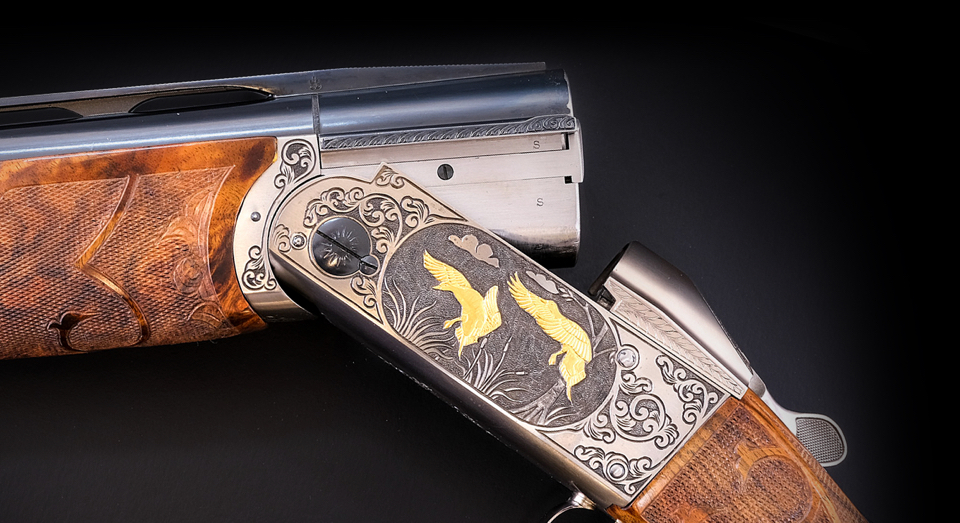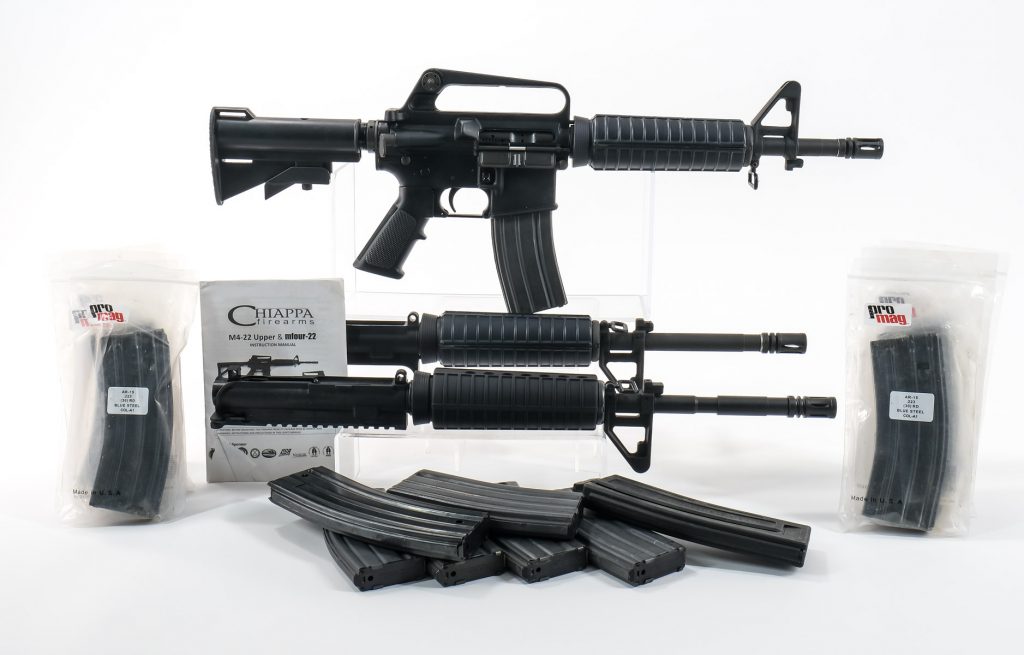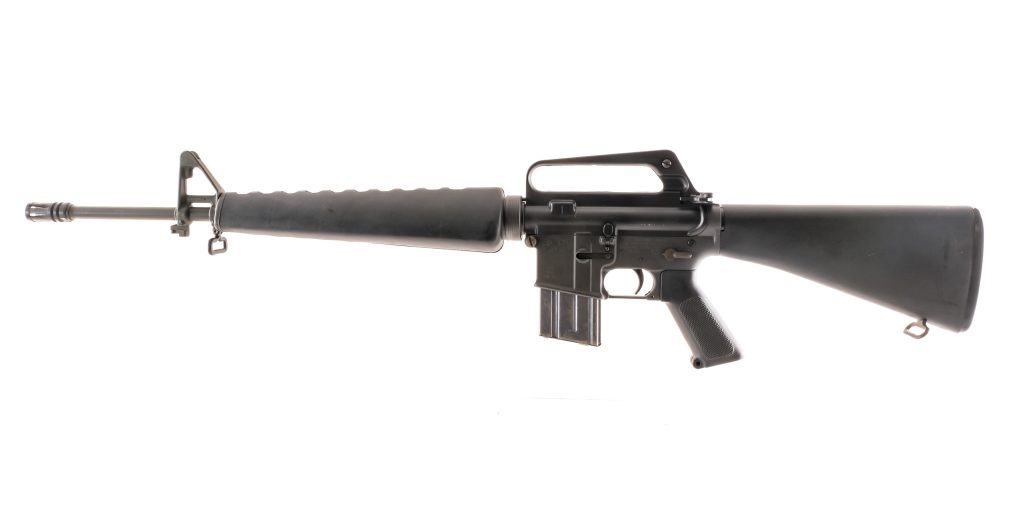How much is an AR15 worth?
Determining the current worth of an AR-15 can feel like exploring a maze with its myriad of models, modifications, and manufacturers. Yet, it’s a journey worth embarking on for enthusiasts and newcomers alike. The AR-15, a symbol of American engineering and innovation, has a value that transcends mere numbers. It’s not just about the price tag; it’s about understanding what you’re investing in. Whether you’re a seasoned collector or considering your first purchase, knowing the AR-15’s worth is crucial in making an well-informed choice.
Current Market Value of a AR-15
When you’re diving into the world of AR-15s, understanding their market value isn’t just beneficial—it’s essential. You’ll find that prices can range substantially based on factors like the rifle’s caliber, particularly if it’s chambered in 5.56x45mm NATO. based on a myriad of factors. But don’t worry. We’re here to guide you through this maze.
The price tags on AR-15s can give you quite the rollercoaster ride. You could stumble upon a basic model for as low as $400 or you might gawk at a premium setup demanding upwards of $4000. What causes such a vast difference in pricing, you might ask? Well, it boils down to a few key aspects: the quality of the machining, the materials used, how customized the firearm is, and what upgrades come pre-installed.
Here’s a breakdown of price ranges you might encounter:
$400 - $800
BASIC MODELS
$800 - $1500
Mid-Tier Models
$1500 - $3000+
High-End Models
Remember, opting for a basic model doesn’t mean you’re shortchanging yourself. It’s all about finding the right fit for your needs and budget. Conversely, splurging on a high-end model often means getting a rifle that’s ready for almost anything, equipped with top-shelf components and enhancements right out of the box.
What truly sets AR-15s apart isn’t just their price but their distinct identity in American culture and engineering innovation. Each rifle tells a story, from its historical origins with ArmaLite and Eugene Stoner to the modern enhancements by today’s manufacturers.
Before you decide to sell your AR-15 or add another to your collection, take a moment to ponder what makes this rifle stand out. It’s not just another firearm; it’s a piece of American heritage. Armed with the right information, you’ll find yourself making a decision that’s not only financially savvy but also resonates with the rich legacy of the AR-15. Whether for home defense, law enforcement, or competition shooting, there’s an AR-15 that’s perfectly tailored to your needs and aspirations.
Factors That Influence The Value of an AR 15
When you’re looking to sell your AR-15, understanding the factors that determine its value is crucial. Market value varies, but several key elements play a significant role in setting the price. Let’s break it down.
Brand and Manufacturer play a pivotal role. High-quality brands known for reliability and performance often command higher prices. If your AR-15 is from a reputable maker, you’re already ahead of the game.
Condition is another critical factor. A well-maintained AR-15, free from rust, with a clean barrel and functioning parts, will fetch a better price. It’s all about how much love and care you’ve shown your firearm. Wear and tear can lower its value significantly, so keeping your AR-15 in top shape is vital.
Customization and upgrades can either increase or decrease the value. High-quality upgrades like enhanced triggers, optics, and barrels can make your AR-15 more appealing. But, it’s crucial to remember not all modifications are attractive to every buyer. Some prefer a more “factory” condition.
Rarity and historical significance can also affect your AR-15’s value. Limited edition models or those with historical relevance might fetch a higher price. This is particularly true for models that have been discontinued or have unique features
Finally, current market demand shapes the value of your AR-15. Trends in firearms can fluctuate, influenced by legislation, manufacturing changes, and cultural shifts. Staying informed on the current gun market will give you insights into the best time to sell.
Arming yourself with knowledge about these factors will help you navigate the sale of your AR-15 more effectively. Whether you’re targeting home defense enthusiasts, law enforcement personnel, or competitive shooters, understanding what impacts the value of your firearm ensures you’re well-equipped for a successful transaction.
Get the best offer for your AR-15
So, you’ve decided it’s time to sell your AR-15, a popular rifle among enthusiasts. Before you do, it’s crucial to understand how to get the best offer for your prized possession. You’ve already learned about factors that influence its value, like barrel length and caliber, now let’s jump into tips to maximize your sale price.
Know Your Rifle’s Worth. First things first, research is key. You’ve got to know the current market value of AR-15s, especially models similar to yours. Prices can vary greatly depending on the brand, condition, and unique features of your rifle. Use online platforms, forums, and firearm sales data to get a ballpark figure. Knowledge is power, and being well-informed means you won’t be easily lowballed.
Condition Matters. The state of your AR-15 significantly affects its value. A well-maintained, gently used rifle is more appealing than one that’s seen better days. Before listing it for sale, give your AR-15 a thorough cleaning—inside and out. If you’ve performed regular maintenance and kept it in great condition, make sure to highlight that when selling. Photos and detailed descriptions can showcase the care you’ve taken of your firearm.
Customization Could Be Key. Custom mods can either increase or decrease your rifle’s value, depending on the buyer. Factory-original condition generally holds the most value, but certain enhancements like high-quality optics or upgraded triggers could attract buyers willing to pay a premium. Be ready to explain the benefits of any modifications you’ve made, but also understand not every buyer is looking for a custom piece.
Target the Right Audience. Selling to the right audience can make a significant difference. Whether you’re dealing with private buyers, gun shops, or online marketplaces, knowing your buyer’s preferences can help you market your AR-15 effectively. Collectors may value historical significance, while enthusiasts might prioritize customization or condition. Aim to connect with those who appreciate what your firearm specifically offers.
Remember, patience pays. Don’t rush into the first offer you get. Market your AR-15 wisely, and you’re more likely to snag a deal that’s worth your while. Keep these tips in mind, and you’re well on your way to getting the best offer for your AR-15.
Condition
When you’re considering selling your AR-15, or maybe you’re in the market for one, understanding how condition affects its value is crucial. You’ll find that prices can vary significantly based on the rifle’s condition. Let’s break it down.
New or Mint Condition
If you’ve got an AR-15 that’s either brand spanking new or might as well be, you’re sitting on a gold mine. New or mint condition firearms are at the top of the market. They have never been fired (outside of factory testing) or show such minimal signs of handling that they could pass for new. This condition can fetch the highest prices, especially for sought-after models or brands.
Excellent Condition
An AR-15 in excellent condition is almost like new but has been lightly used. It shows minimal wear, with all parts operating as smoothly as the day it was bought. There are no major blemishes on the metal, and the stock is in top-notch shape. If your firearm falls into this category, rest assured, it’s still highly desirable.
Very Good Condition
Your AR-15 is considered to be in very good condition if it shows very light wear from typical usage. This includes minor handling marks or slight blemishes on the finish. Mechanically, everything works perfectly, and it’s clear the firearm has been well-maintained. This classification still holds considerable value.
Good Condition
In good condition, your AR-15 is a solid, working rifle that’s seen a fair share of use. There might be some moderate wear on the finish, and minor rust spots could be present. But, these issues are purely cosmetic. The crucial aspect is the firearm still functions reliably. Many buyers are on the lookout for these, particularly for their balance of functionality and lower price point.
Fair Condition
Fair condition firearms show significant signs of wear and use. There could be some rust, pitting on the metal, and the stock might have dings or scratches. While it’s still a functioning firearm, its aesthetics aren’t its strong suit. Even though this, there’s a market for AR-15s in fair condition, often for those interested in restoration projects or looking for a more affordable entry into gun ownership.
Poor Condition
An AR-15 in poor condition has heavy wear, potentially serious rust or corrosion, and might require repairs to function correctly. It’s on the lower end of the value spectrum. But, even firearms in poor condition can hold sentimental value or potential as a project gun. Don’t write it off completely; there’s a buyer out there for nearly everything.
In determining the value of your AR-15, analyzing its condition is a key factor. By understanding where your firearm stands, you’ll set realistic expectations and find the right market for it. Keep these details in mind as you prepare to sell or purchase an AR-15, and you’ll navigate the transaction with confidence.
Model
When you’re diving into the world of AR-15s, the value of your firearm can swing widely based on the model you’re holding. Let’s break down the different types you might encounter, from tactical gems to hunting companions.
X
The X models are the Swiss Army knives of the AR-15 world. Versatile and robust, they’re designed to perform well under a variety of conditions. If you’ve got an X model, you’re looking at a solid middle-ground in terms of pricing. They aren’t the cheapest on the market, but they’re far from the most expensive. Think of them as your reliable, everyday go-to.
Y Tactical
Y Tactical models are where things start to get interesting. Built for precision and optimized for tactical operations, these beauties are a favorite among law enforcement and military personnel. They usually come with enhancements like advanced optics, better trigger mechanisms, and custom grips. Due to their specialized nature, Y Tactical AR-15s can fetch a higher price.
Z Competition
If you’re holding onto a Z Competition model, you’ve got something special. These AR-15s are fine-tuned for competitive shooting, with features that boost accuracy, speed, and performance. Lightweight builds, precision barrels, and customizable features make them pricier. If you’re looking to sell, know that serious competitors are always on the lookout for these models.
A Patrol
Patrol models are designed with service in mind. They balance durability and functionality for patrol officers and security professionals. These models won’t have the bells and whistles of the tactical or competition variants, but their reliability in the field makes them a valued piece. For sellers, A Patrol AR-15s offer a steady market among professionals and enthusiasts who value service-grade firearms.
B Hunting
B Hunting models transform the AR-15 into a tool for the great outdoors. With features like longer barrels for increased accuracy and camouflaged finishes, they’re tailored for the hunting enthusiast. Their specialized nature means they can command a good price, especially in areas where hunting with an AR-15 is popular.
C Home Defense
C Home Defense models are built with one goal in mind: protecting your home. These AR-15s are typically compact, easy to maneuver, and reliable. They often feature rapid-fire capabilities and accessories like flashlights or laser sights. Given their critical purpose, buyers appreciate the value of a well-made C Home Defense model.
D SBR
Short Barrel Rifles (SBR) or D models pack a punch in a compact size. They’re highly sought after for both tactical use and home defense due to their ease of handling, particularly noted in carbines with shorter barrel lengths in tight spaces. But, they come with additional legal requirements, which can affect their value, especially pertinent to AR-15 rifles for sale. If you’ve got one that you’re thinking of selling, make sure you understand the regulations, as they can significantly impact the price.
Each AR-15 model caters to different needs, and understanding where yours fits in the spectrum is crucial for setting the right price. Whether you’re eyeing the competitive circuits with a Z Competition or gearing up for your next hunt with a B Hunting, there’s always a market for your model.
Get the best offer for your guns
When you’re considering selling your AR-15, you want to ensure you’re getting the best offer for it. The value of your firearm can vary significantly based on a few critical factors, including finishes, market demand, and condition. Let’s jump into what makes your AR-15 valuable and how you can maximize your return.
Finishes
The finish on your AR-15 isn’t just about looks; it plays a crucial role in the gun’s overall value. Manufacturers offer a range of finishes, from standard black to unique patterns and colors, including FDE (Flat Dark Earth), OD Green, and even custom hydro-dipped designs.
- Black Matte is the most common finish and might fetch standard prices.
- FDE and OD Green are sought after for their tactical advantages and aesthetics, potentially increasing the gun’s value.
- Custom Finishes can either significantly increase your AR-15’s worth, especially if done professionally, or decrease it if the finish is poorly executed.
Durability of the finish also matters. Cerakote finishes, for example, are highly durable and can protect your firearm against wear and corrosion, boosting its market value. When you’re evaluating your AR-15’s worth, take a hard look at the finish. Is it still in good condition? Is the color or pattern desirable in today’s market? These are crucial questions that can influence how much you can get for it.
Remember, while unique finishes might catch the eye, they also appeal to a more niche market. Standard finishes have a broader appeal, which could make selling quicker but possibly at a lower price point. Your goal should be to find the right balance between uniqueness and marketability, ensuring you receive the best offer possible for your AR-15.
We need guns
Get Top Dollar For Your Collection

Modern firearms, antiques, collectibles… We sell it all. Not sure what your collection is worth? Let us help!
Get A Free AssessmentDon't miss out
Join Our Mailing List
Don’t miss out on rare finds and great deals! Sign up for our mailing list and we’ll let you know what we have coming up for auction!
Guns Wanted!
Have one to sell?
Contact us today for a free evaluation of your firearms, military and weapons. We are happy to show you how to sell your gun collection at auction. We can also make a fair and immediate offer for outright purchase.


